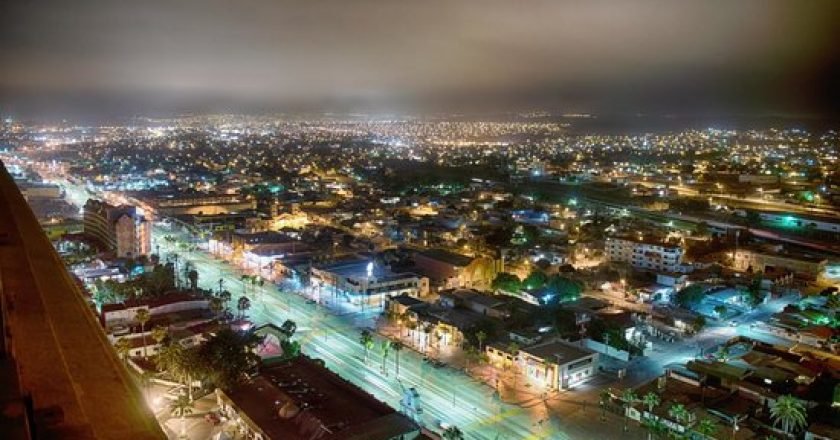And No, Not the Nintendo Kind Tijuana authorities finally caught a crime boss known as “Mario Bros”. He’s a suspected …


And No, Not the Nintendo Kind Tijuana authorities finally caught a crime boss known as “Mario Bros”. He’s a suspected …

U.S. and Mexico Pull the Plug on Banda That Praised “El Mencho Looks like the U.S. and Mexico are finally …

Venture off the Beaten Path For decades Baja California has been known as a destination for Spring breakers. But this …

If you’ve noticed those strong Santa Ana winds lately, you’re not imagining things. According to María Tereza Cavazos Pérez, a …

Deported Mexicans arriving back into Baja California will now have access to federal support programs, including resources available directly within …

Proceeds from the sale will go toward expanding La Misión Performing Arts Center Step into history and culture at the …

Big news, amigos! Ensenada is gearing up for a massive road project that promises to ease your scenic drives while …

Chinese tourism is emerging as a significant opportunity for Ensenada and Baja California, with visitors from China spending over $181 …

Hold onto your sombreros, folks, because Mayor Rocio Adame Muñoz just wrapped up her first 100 days in office, and …

Mark your calendars! The Sassy Holiday Arts and Crafts Fair is back, bringing a festive day of creativity, music, and …